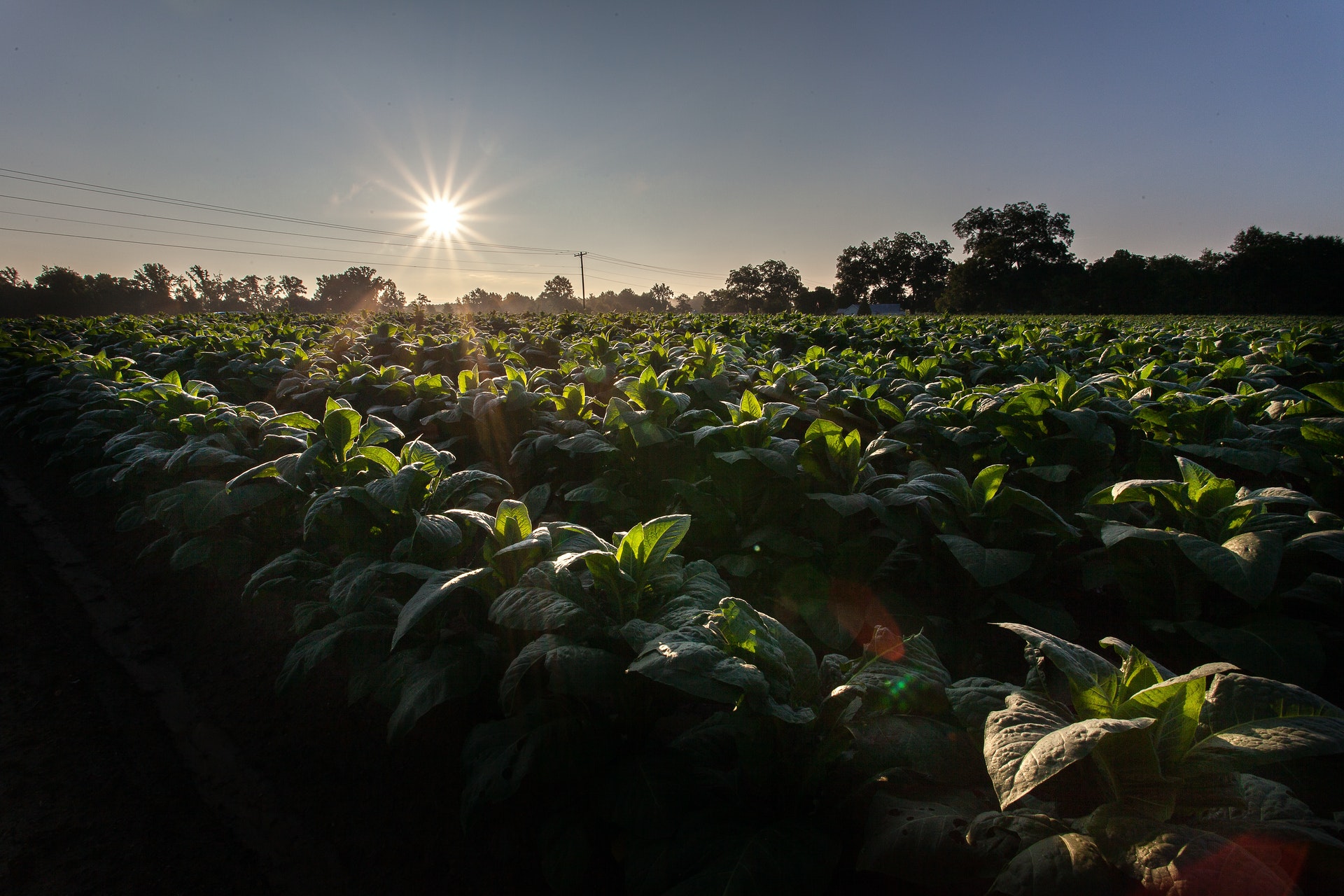- Water tests
- Air quality and pollutants
- Mold analyses
- Asbestos analyses
- Rapid tests
-
Knowledge
- Analysis made easy
- Facts About Drinking Water
- Facts about Indoor Air
- Facts about Mold
- Facts about Asbestos
-
Water quality in Switzerland
- Further current news
- NEWS: Zurich Drinking Water Map
- Water Scarcity and Water Quality
- The Water Supply of the City of Thun
- Drinking Water in St. Gallen
- Drinking Fountains in Switzerland
- Tap Water in Switzerland: Quality and Controls
- Drinking Water in Switzerland
- Water Quality in the Canton of Bern
- Water Quality in the Canton of Geneva
- Water Quality in the Canton of Zurich
- Water Quality in Baden
- Water Quality in Basel
- Water Quality in Bern
- Water Quality in the City of Zurich
- Water Analysis in Lucerne
- Water Quality in Winterthur
- Initiative for Clean Drinking Water
- Partnership with WATER FOR WATER (WfW)
- Help & Services
 Initiative for Clean Drinking Water
Initiative for Clean Drinking Water
Drinking water is the most closely monitored food product in Switzerland. However, it is endangered by intensive agriculture. More and more regions in our Switzerland no longer meet the requirements to use groundwater for drinking water due to increased concentrations of health-hazardous substances such as pesticides and nitrates. This results in costly and elaborate water treatment processes. The Initiative for Clean Drinking Water advocates for food production free of synthetic pesticides and livestock that can be fed with domestic feed and does not rely on the prophylactic use of antibiotics.
The initiative sparks intense discussions within society and shows that it is a highly topical issue. The arguments even vary within interest groups, demonstrating that change is necessary.
Bio Suisse: Organic farmers argue over drinking water initiative (nzz.ch)
NZZ am Sonntag - E-Paper
Pros
- Use subsidies to promote sustainability
- Antibiotic resistance develops and is life-threatening
- Pesticides in drinking water endanger health
- Manure surpluses cause carcinogenic nitrates in drinking water
Cons
- Production costs for farmers and prices for consumers will increase
- Self-sufficiency with Swiss vegetables will be reduced
- There will be more food waste as the risk of crop failure increases, necessitating more production
- Without pesticides, there will be more imports
How much pesticide is used in Switzerland?
✪ According to the Federal Office for Agriculture, 1950 tons of pesticides were sold in Switzerland in 2019. While pesticide sales are generally decreasing, the sale of products usable in organic farming, such as sulfur and paraffin oil, is rapidly increasing. This is due to the increase in agricultural land managed organically. Currently, 16.5% of agricultural land is managed according to organic guidelines, and this is on the rise. However, this also means that pesticide concentration remains almost unchanged since these are now applied to a smaller area.
Where do pesticides in groundwater come from?
According to the Water Protection Ordinance (GSchV), water quality in both surface and underground waters "should not contain artificial, persistent substances." Pesticides are detected at more than 50% of groundwater monitoring sites. In intensively used arable farming areas, this figure rises to over 90% of the sites.
What are the most common pesticides in drinking water?
According to the sales statistics for pesticides, the most commonly used pesticides are glyphosate, bentazon, metolachlor, atrazine, chloridazon (beet herbicide), and chlorothalonil.
Glyphosate is marketed under the brand name Roundup© and is the most well-known and widely sold pesticide. It was initially developed by Swiss chemist Henri Martin in 1950, but it was not until the early 1970s that Monsanto discovered its herbicidal properties. Annual production in 2012 was about 720,000 tons, approximately 15% of which was in the USA. In Switzerland, usage is declining, but over 125 tons are still used annually.
Where do nitrites and nitrates come from?
Nitrates primarily enter our soil and drinking water from two sources. One is nitrogen-containing fertilizers, and the other is animal waste, particularly manure and slurry spread on fields and pastures.
For infants and small children, increased nitrate concentrations pose a health risk because they can partially convert nitrate to nitrite, which is carcinogenic.
How can you check your drinking water?
Our professional water analyses test your drinking water for various pesticides, glyphosate, as well as for nitrate and nitrite concentrations and other harmful, toxic heavy metals.
